#Egypt Middle Kingdom
Text

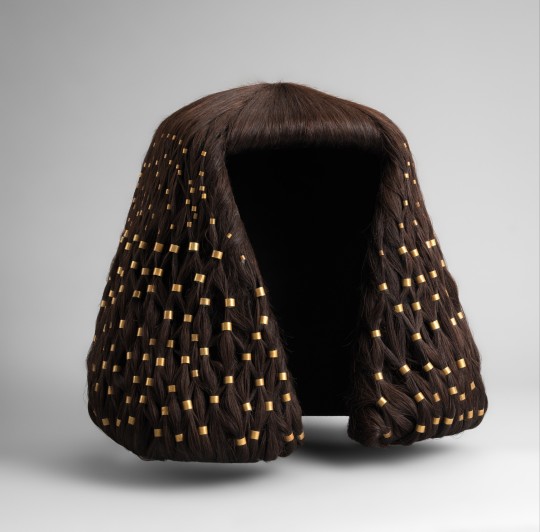
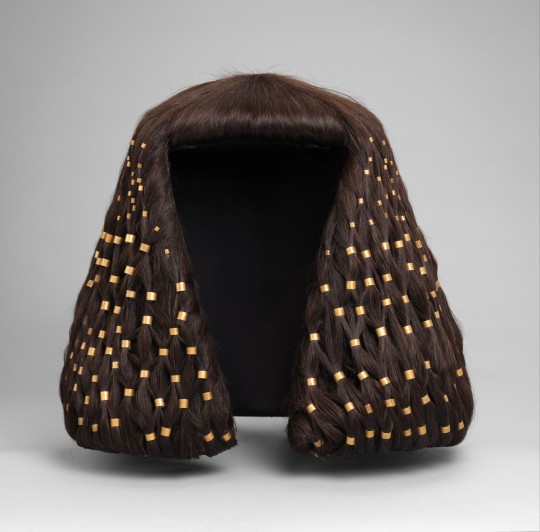
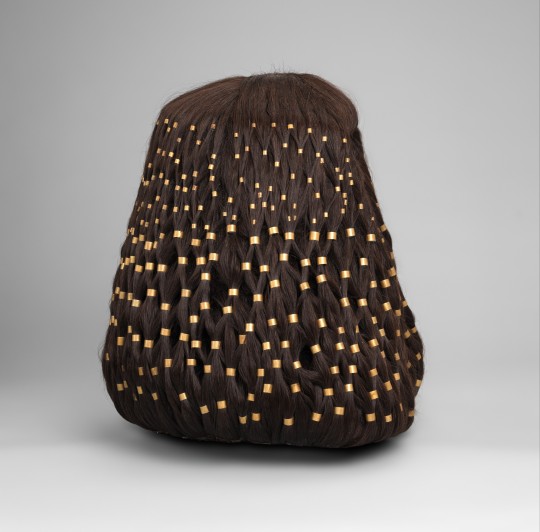
~ Wig rings of Sithathoryunet.
Period: Middle Kingdom, 12th Dynasty; Reign of Senwosret II–Amenemhat III
Date: ca. 1887–1813 B.C.
Place of origin: Egypt, Fayum Entrance Area, Lahun, Tomb of Sithathoryunet (BSA Tomb 8), BSAE excavations 1914
Medium: Gold
#ancient#ancient art#history#museum#archeology#ancient egypt#ancient history#archaeology#egyptian#egyptology#egypt#wig rings#Sithathoryunet#12th Dynasty#middle kingdom#Senwosret II#amenemhat iii#fayum#ca. 1887 B.C.#ca. 1813 b.c.#gold
1K notes
·
View notes
Text
Karnak and Luxor Temple Complexes Egypt
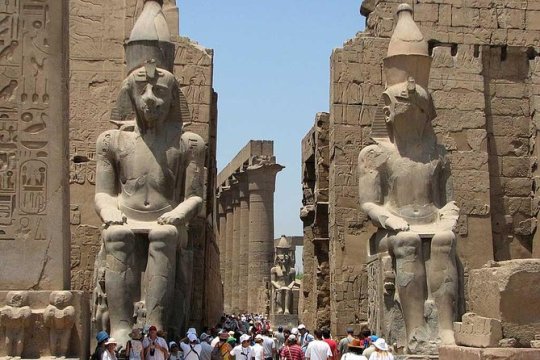
View On WordPress
#18th Dynastic Theban Triad#Abu El-Haggag Mosque#Alexander the Great#Amenhotep III of the 18th Dynasty#Amun The Creator God#Amun-Ra Suen God#Ancient Egyptian Culture#Ancient Egyptians#Ancient Greeks#Arabic word Khurnaq#Avenue of the Sphinxes#Colonnada of Amenhotep Ill and Tutankhamun#East Bank Nile River#Egypt Greco-Roman Period#Egypt Middle Kingdom#Egypt New Kingdom#Egyptian Hieroglyphs#Egyptian Ipet-isut (The Most Selected of Places)#Egyptian New Kingdom#Egyptologist#Egyptologist Professor Gaston Maspero#Emperor Diocletian#Festival of Opet#Gebel el-Silsila Area South-Western Egypt#General Ptolemy#God Amun#God Hathor#Goddess Mut#Hatshepsut Obelisks#Horemheb
0 notes
Text

Nile Catfish Pendant
Egyptian, ca. 1985-1773 BCE (Middle Kingdom, 12th dynasty)
This fish pendant represents a Synodontis Batensoda, more commonly known as the Nile catfish, a species of fish named for its black belly. Often worn at the end of a plait of hair, amulets like this one were used by children and young women to protect against drowning. This fine amulet is made of gold with stone inlays, including a red stone for the right eye and a green stone for the left. Amulets in the form of the Synodontis Batensoda were particularly popular during the Middle Kingdom, when the fish might have been identified with an astronomical constellation.
#artifact#Egypt#middle kingdom#pendant#gold#ceramic#chalcedony#turquoise#carnelian#lapis lazuli#black stone
898 notes
·
View notes
Text
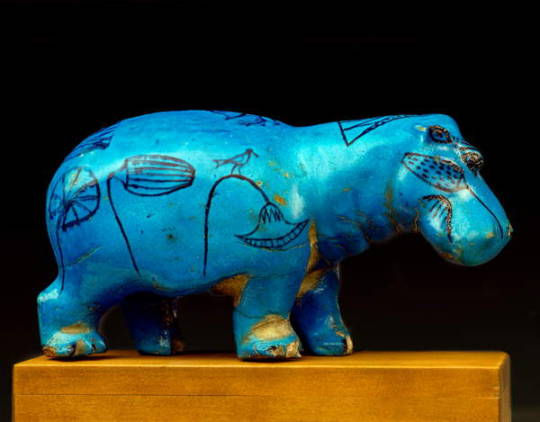
Statuette of a Hippo
Middle Kingdom, 11th Dynasty, ca. 2134-1991 BC.
Made of Egyptian faience. Height 11.5 cm, length 21.5 cm.
Excavated by Auguste Mariette (1860).
Now in the Egyptian Museum, Cairo. JE 21365
This faience hippo statuette was found in Dra’ Abu el-Naga’ in western Thebes. The glossy blue glaze is the color of the Nile, where the animal lived, and the decoration shows various representations of fauna and flora that grew by the river.
The flowers, papyrus plants, and perching birds are depicted in black, linear forms. Such animal figurines were popular in tombs of the Middle Kingdom and the Second Intermediate Period. The hippopotamus was associated with the fertility of the Nile mud or silt.
Read more
224 notes
·
View notes
Text
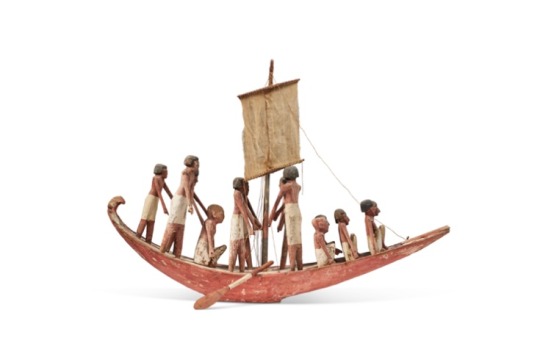

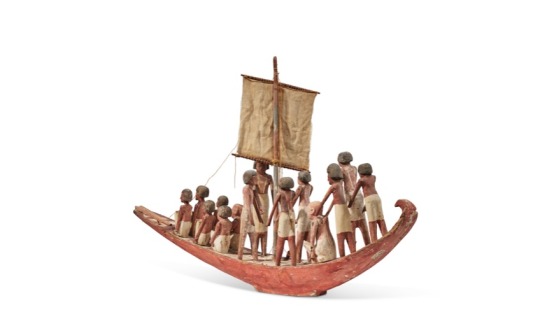
AN EGYPTIAN GESSO-PAINTED WOOD FUNERARY MODEL OF A BOAT
MIDDLE KINGDOM, 11TH-12TH DYNASTY, 2087-1759 B.C.
#AN EGYPTIAN GESSO-PAINTED WOOD FUNERARY MODEL OF A BOAT#MIDDLE KINGDOM#11TH-12TH DYNASTY#2087-1759 B.C.#ancient artifacts#archeology#archeolgst#history#history news#ancient history#ancient culture#ancient civilizations#ancient egypt#egyptian history#egyptian mythology#egyptian art
419 notes
·
View notes
Photo
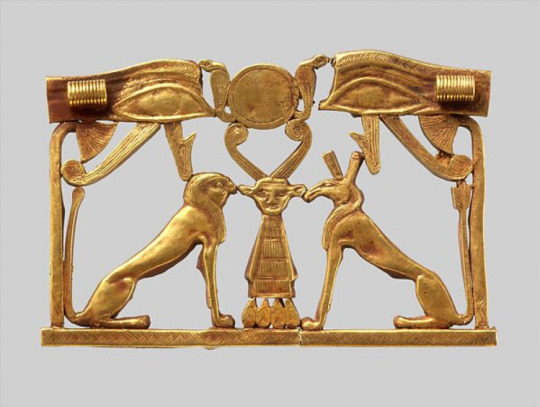
A Middle Kingdom pectoral with Horus and Set as sphinxes. Formerly displayed at the Met.
552 notes
·
View notes
Text
I am once again thinking about the reluctant ruler whose arc justly and correctly includes assuming the throne and taking responsibility for the people set before them
#it's about simba coming back to pride rock it's about aragorn using andúril to fight for middle earth and assuming the throne it's about#hiccup marrying astrid and assuming his role as chief and moses returning to egypt#and it's about irina loving her people so fully that when she claims all of her subjects as hers that chernobog must release them to her!!!#and it's about miryem choosing to stay with the staryk and repair the damage and assume responsibility for the land and people!!!!!#and! it's! about! gen!!!!#it's ALWAYS about gen!!!!#gen who didn't want to be king. who hated being king and only wanted to marry a queen but who obeyed his gods and became a king over kings#who lost his home and half his family and his HAND but who ushered in a new golden age.#and it's about sophos who ran away but who shot the ambassador and took back his kingdom#it's about duty and it's about sacrifice and it's always ALWAYS about doing the right thing even at great personal cost because it's about#submitting to a power higher than your own. of recognizing that the calling on life is one for serving others and having so much more to#answer for than just yourself. it's knowing duty is love is duty#i cant stand stories where the answer is 'give up the throne and reject your duty' because no!!! you dont get it!!!#thats how you get the monsters!!! thats how you get the prince turned into a beast and thats how you get every terrible weak king that#aragorn feared becoming#to accept your throne is to die to self!!! you are no longer you but 'king' or 'queen'#it's like queen mary says to qeii in the crown 'elizabeth mountbatten must die#elizabeth regina must take her place.'#that's terrifying! but it's also everything!!!!#die! to! self! die! to! self!!!!!!#lilac rambles#lilac goes to the movies#lion king#prince of egypt#lotr#spinning silver#the crown#tqt#the queen's thief#httyd
159 notes
·
View notes
Photo

Model of workers grinding grain and butchering cattle
Egypt, Middle Kingdom (ca. 2030-1650 BCE)
Ny Carlsberg Glyptotek, Copenhagen
405 notes
·
View notes
Text



Golden Cheese arc!! though i guess maybe two more cookies are coming...?
#ancient egypt obsessed middle school me had a field day with this arc ngl#cookie run#cookie run kingdom#crk#crk fanart#golden cheese cookie#burnt cheese cookie#fettuccine cookie#flight's making things again
297 notes
·
View notes
Text
You've all seen the 4th Dynasty beadnet dress now, but what if I could further interest you in the 12th Dynasty faience beadwork apron of Senebtisi:

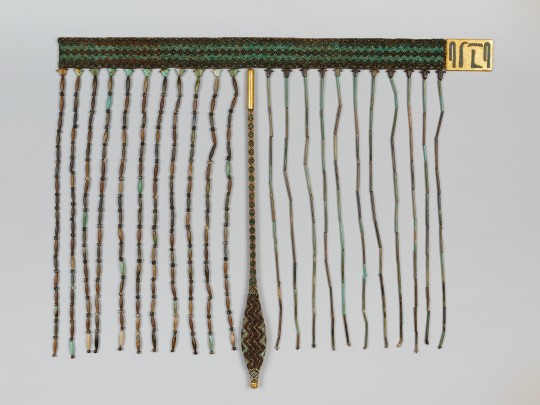

The apron is made out of faience beads in various shapes. The two sides have distinct motifs: the right side (viewer's left) is made from long round tube beads with lotus-shaped beads at the top beneath the belt, and the left side consists of elongated barrel beads separated by dogbone beads, topped with papyrus-shaped beads.
The sides are separated by a gold-coloured, rectangular buckle carrying Senebtisi's name in hieroglyphs (read from right to left) at the front, and by a gold-capped tail comprised of small rondelle beads at the back.
Not much is known about Senebtisi. She was buried at Lisht with a large array of expensive grave goods, and this apron could potentially indicate a royal connection.
#faience friday#ancient egypt#egyptology#lady senebtisi#middle kingdom#the small orange attachment is a carnelian falcon amulet
569 notes
·
View notes
Text

Head of a Statue of the God Sobek Shedeti
Egypt, Middle Kingdom, ca. 1859-1802 B.C.
Limestone, 21 7/16 × 20 1/16 × 18 7/8 in.
#fine art#art#ancient egyptian art#sobek#sculpture#ancient sculpture#antiquities#antiquity#egyptian history#egyptian art#egyptian antiquities#ancient art#ancient egypt#met museum#middle kingdom#carved stone#stone sculpture#limestone#artwork#egypt#art on tumblr#art of the day#crocodile#egyptian gods
48 notes
·
View notes
Text
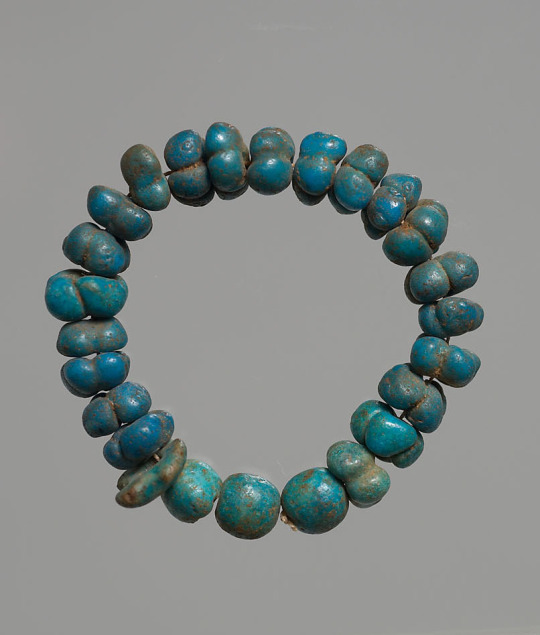

~ Bracelet.
Culture: Egyptian
Period: Middle Kingdom; 12th Dynasty
Date: ca. 1900 B.C.
Place of origin: El-Kubanija North, grave 15 l 1, (Grave of a girl)
Medium: Faience, blue-green
#ancient#ancient art#history#museum#archeology#ancient egypt#ancient history#archaeology#ancient jewelry#egypt#egyptian#bracelet#12th Dynasty#middle kingdom#El-Kubanija#grave of a girl#ca. 1900 b.c.
2K notes
·
View notes
Text
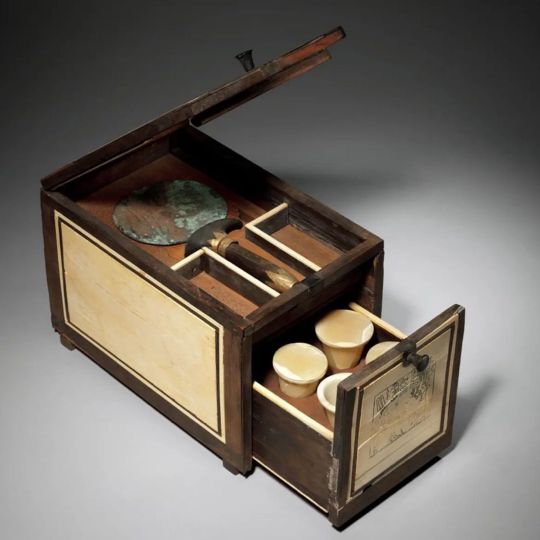

cosmetic box of the Royal Butler Kemeni (Middle Kingdom Egypt, c. 1805 BCE)
237 notes
·
View notes
Text

Protective Figure of Aha-Bes
Egyptian, ca. 1800-1750 BCE (Middle Kingdom, 13th dynasty)
Resembling the protective deity Bes, this benevolent demon holds a snake in each hand, symbolizing his ability to ward off the bites and stings of venomous creatures. The figure has the proportions of a dwarf, the head, mane and tail of a lion, and human eyes. Similar figures to this one were depicted on magical wands of the Middle Kingdom. The details of the figure, such as the eyes, mane, nipples, and the snakes are marked with dark blue lines and dots.
170 notes
·
View notes
Text

Ancient Egyptian Hieroglyphs, 1968
White Chapel of Senusret I, Karnak Open Air Museum
Photo: Brian Brake
728 notes
·
View notes


